The new 988 mental health hotline, explained

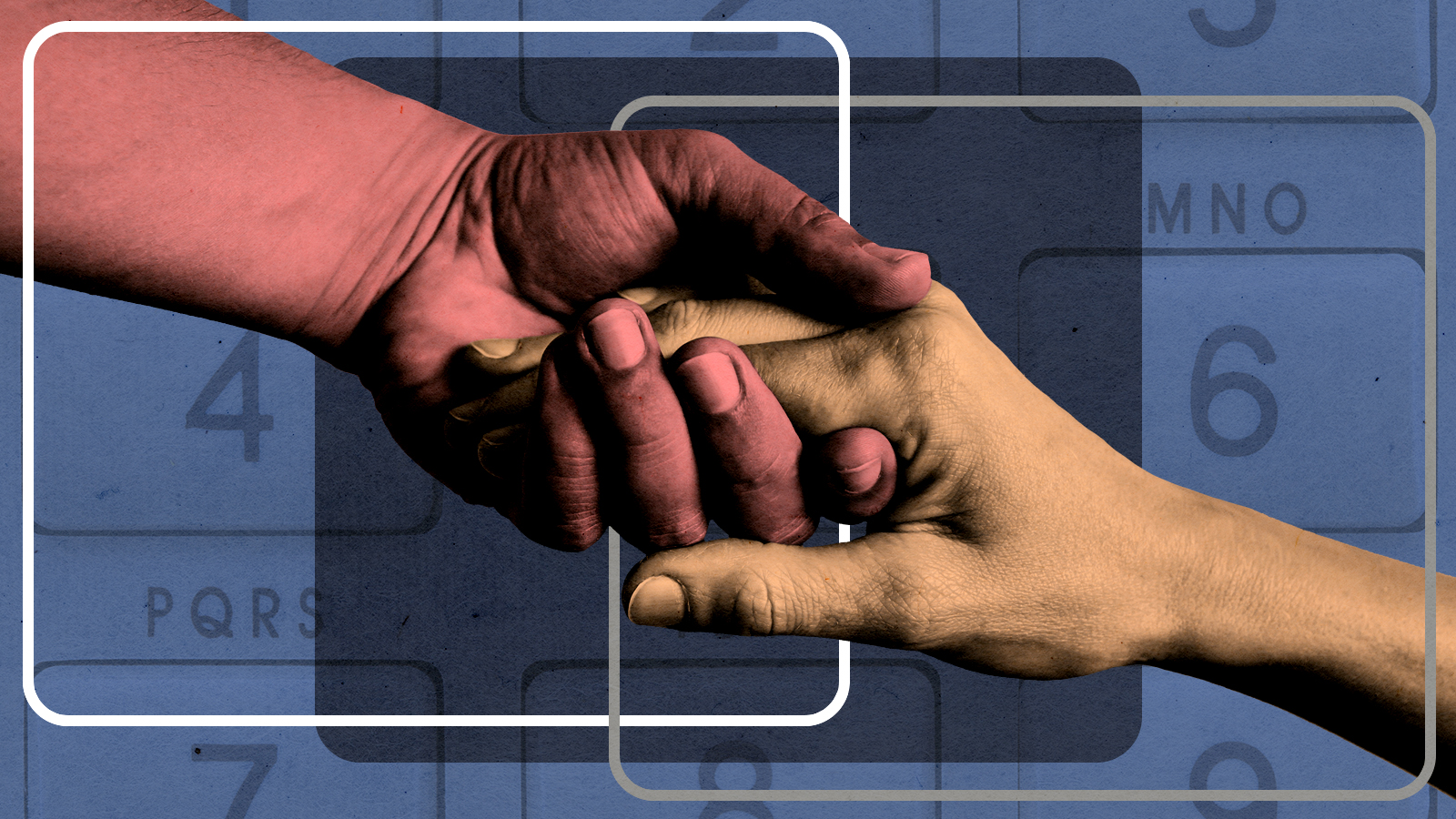
On July 16, the 988 Suicide & Crisis Lifeline launched nationally — anyone in the United States who is suicidal or experiencing a mental health crisis can call or text this three-digit number, and get connected to a trained mental health professional. Here's everything you need to know:
What is the 988 hotline?
This is a hotline that offers free and confidential emotional support, 24 hours a day, seven days a week, connecting callers with trained counselors who are part of the National Suicide Prevention Lifeline network. "If you are willing to turn to someone in your moment of crisis, 988 will be there," Health and Human Services Secretary Xavier Becerra said. "988 won't be a busy signal, and 988 won't put you on hold. You will get help."
How did this hotline come to be?
In 2020, the National Suicide Hotline Designation Act was passed, designating 988 as the universal number to call for individuals who are suicidal or in emotional distress. The idea behind the three-digit number is that in a time of crisis, it will be easier to remember than the National Suicide Prevention Lifeline's 10-digit number, 1-800-273-TALK (8255), which is still in operation.
The Week
Escape your echo chamber. Get the facts behind the news, plus analysis from multiple perspectives.

Sign up for The Week's Free Newsletters
From our morning news briefing to a weekly Good News Newsletter, get the best of The Week delivered directly to your inbox.
From our morning news briefing to a weekly Good News Newsletter, get the best of The Week delivered directly to your inbox.
Who should call?
Anyone who is thinking about suicide is urged to call the hotline, but it is also for people who are dealing with a mental health or substance use issue. The Lifeline says it receives calls from people who want to talk about loneliness, depression, sexual identity, economic concerns, relationships, overcoming abuse, and physical illnesses. Experts say it doesn't matter if a person thinks their problem is minuscule — if they want help, they should call or text 988.
What happens when a person calls the hotline?
Callers will hear a message letting them know that they have reached the 988 Suicide & Crisis Lifeline, and then hold music while they are connected to a crisis worker. This person will be at the Lifeline network crisis center closest to the caller's location, and will listen to them, let them know they understand their problem, provide support, and share helpful resources.
There is also a Spanish language line at 1-888-628-9454, and crisis centers can use the Tele-Interpreters service, which supports more than 150 languages.
What if there aren't any participating crisis centers near a caller?
You will still receive help. The Lifeline's goal is to have callers connect with the closest crisis center, but if one isn't nearby, calls will be directed to a crisis center that feels capable of helping someone from the caller's area. There are also 16 backup centers, where calls are routed if all the counselors at a crisis center are busy helping other people. Right now, there are 200 crisis centers in the network, and the Lifeline said it is working to expand the network in areas that don't have coverage.
A free daily email with the biggest news stories of the day – and the best features from TheWeek.com
How is the program's rollout going so far?
Slate reports that so far, it's "proving to be complicated" to hire sufficient staff amid the tight labor market. The New York Times similarly noted a survey that recently found "less than half of the public health officials responsible for the 988 rollout felt confident that their communities were prepared." That means "most call centers will not be fully staffed when the line goes live," writes Slate, "a fact some who work in the field blame in part on inadequate funding from states and the federal government." Calls and texts to 988 are expected to far surpass the numbers Lifeline was previously recording.
"I think 988 represents the best and worst of how America approaches mental health," Benjamin F. Miller, a psychologist and the president of Well Being Trust, a mental health foundation, told the Times. "At its best, it's the ingenuity, the creativity, the positioning. At its worst, it's the lack of resources, the lack of leadership and follow-through."
How is the hotline funded?
The Biden administration has invested $432 million in the crisis centers and backup centers, with the funding also boosting services like the sub-network for Spanish speakers. Through the National Suicide Hotline Designation Act, states can also pass legislation to add a fee to cell phone bills to fund 988 and other mental health services. Only four states have done this so far, NPR reports.
Dr. Miriam Delphin-Rittmon, assistant HHS secretary for mental health and substance use, said in a statement these investments have "already resulted in more calls, chats, and texts answered even as volume has increased, but we know that too many people are still experiencing suicidal crisis or mental health-related distress without the support they need." The vision for 988 is to have "additional crisis services available in communities across the country, much the way emergency medical services work," she added. "The success of 988 depends on our continued partnership with states, as the federal government cannot do this alone."
Catherine Garcia has worked as a senior writer at The Week since 2014. Her writing and reporting have appeared in Entertainment Weekly, The New York Times, Wirecutter, NBC News and "The Book of Jezebel," among others. She's a graduate of the University of Redlands and the Columbia University Graduate School of Journalism.
-
 Why is Trump’s alleged strike on Venezuela shrouded in so much secrecy?
Why is Trump’s alleged strike on Venezuela shrouded in so much secrecy?TODAY'S BIG QUESTION Trump’s comments have raised more questions than answers about what his administration is doing in the Southern Hemisphere
-
 Vance’s ‘next move will reveal whether the conservative movement can move past Trump’
Vance’s ‘next move will reveal whether the conservative movement can move past Trump’Instant Opinion Opinion, comment and editorials of the day
-
 Why recognizing Somaliland is so risky for Israel
Why recognizing Somaliland is so risky for IsraelTHE EXPLAINER By wading into one of North Africa’s most fraught political schisms, the Netanyahu government risks further international isolation
-
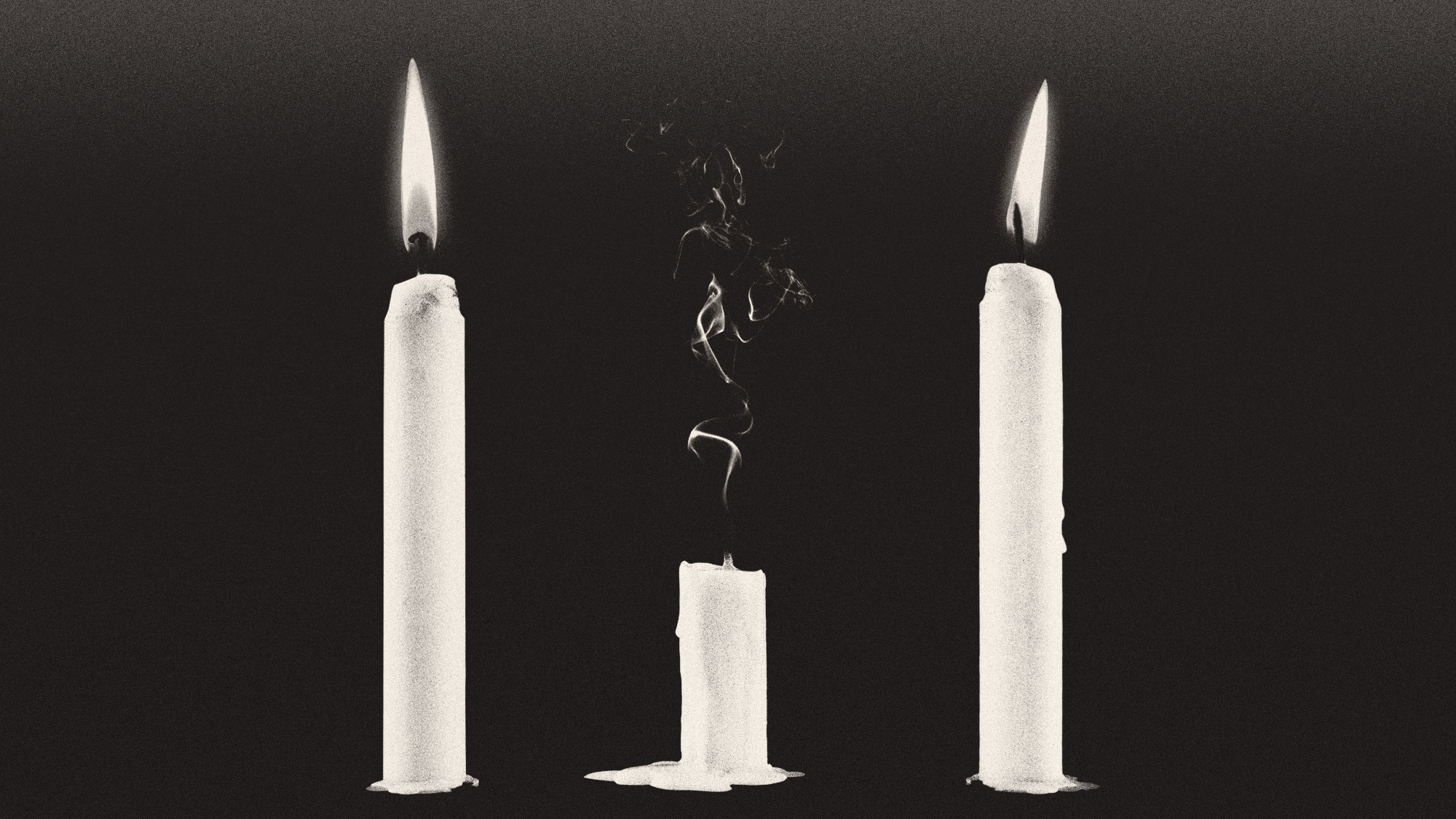 Deaths of children under 5 have gone up for the first time this century
Deaths of children under 5 have gone up for the first time this centuryUnder the radar Poor funding is the culprit
-
 A fentanyl vaccine may be on the horizon
A fentanyl vaccine may be on the horizonUnder the radar Taking a serious jab at the opioid epidemic
-
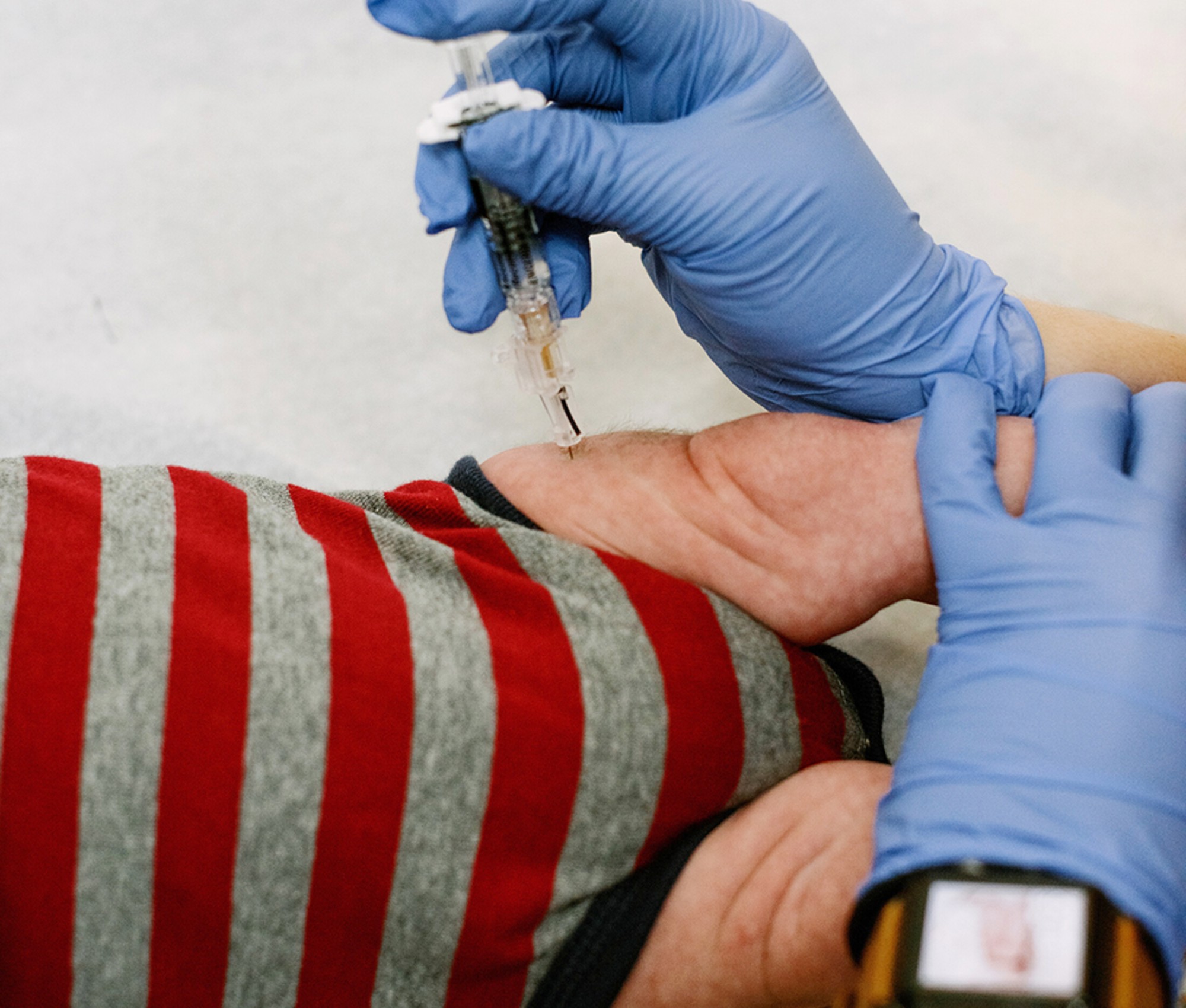 Health: Will Kennedy dismantle U.S. immunization policy?
Health: Will Kennedy dismantle U.S. immunization policy?Feature ‘America’s vaccine playbook is being rewritten by people who don’t believe in them’
-
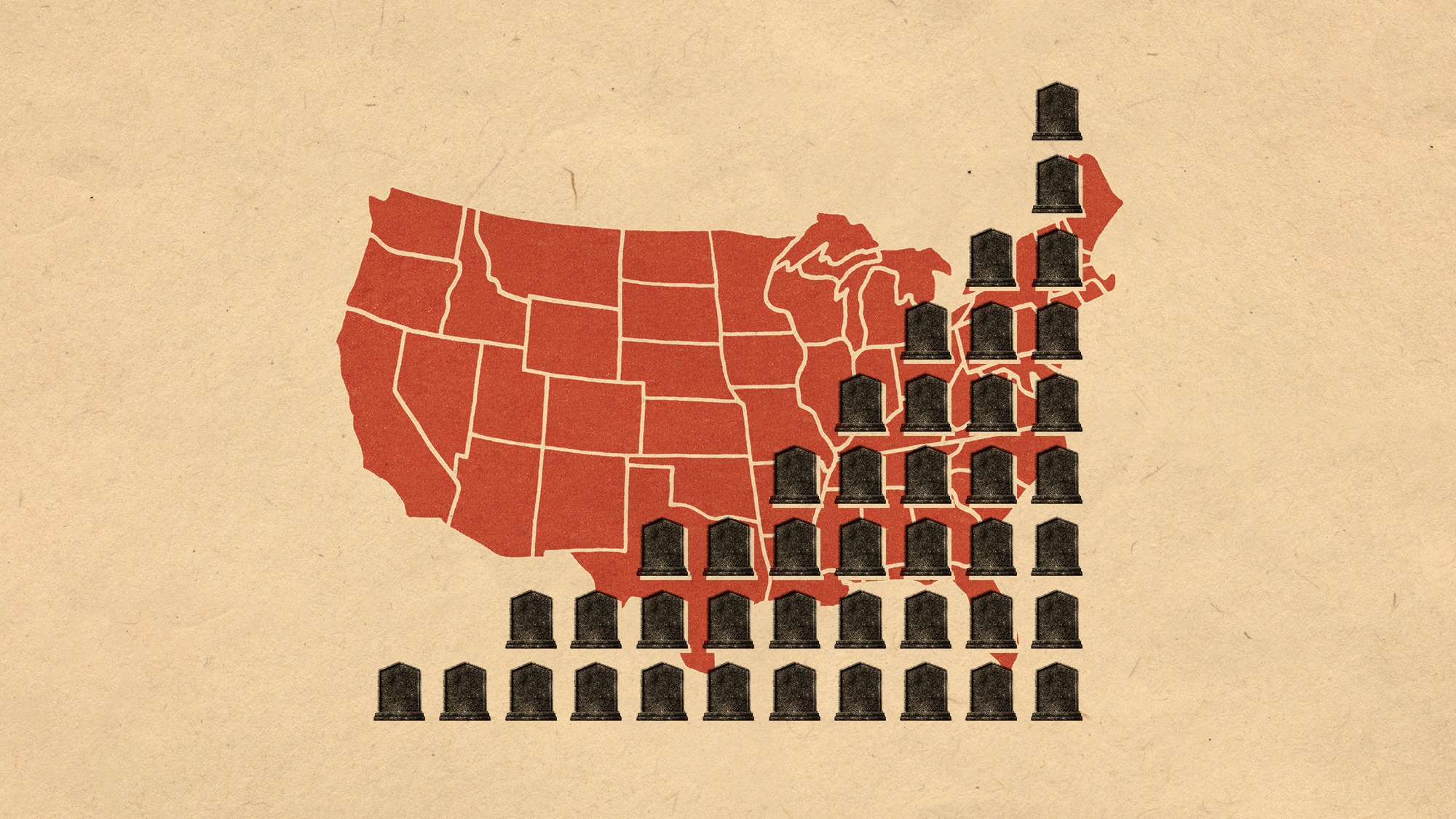 More adults are dying before the age of 65
More adults are dying before the age of 65Under the radar The phenomenon is more pronounced in Black and low-income populations
-
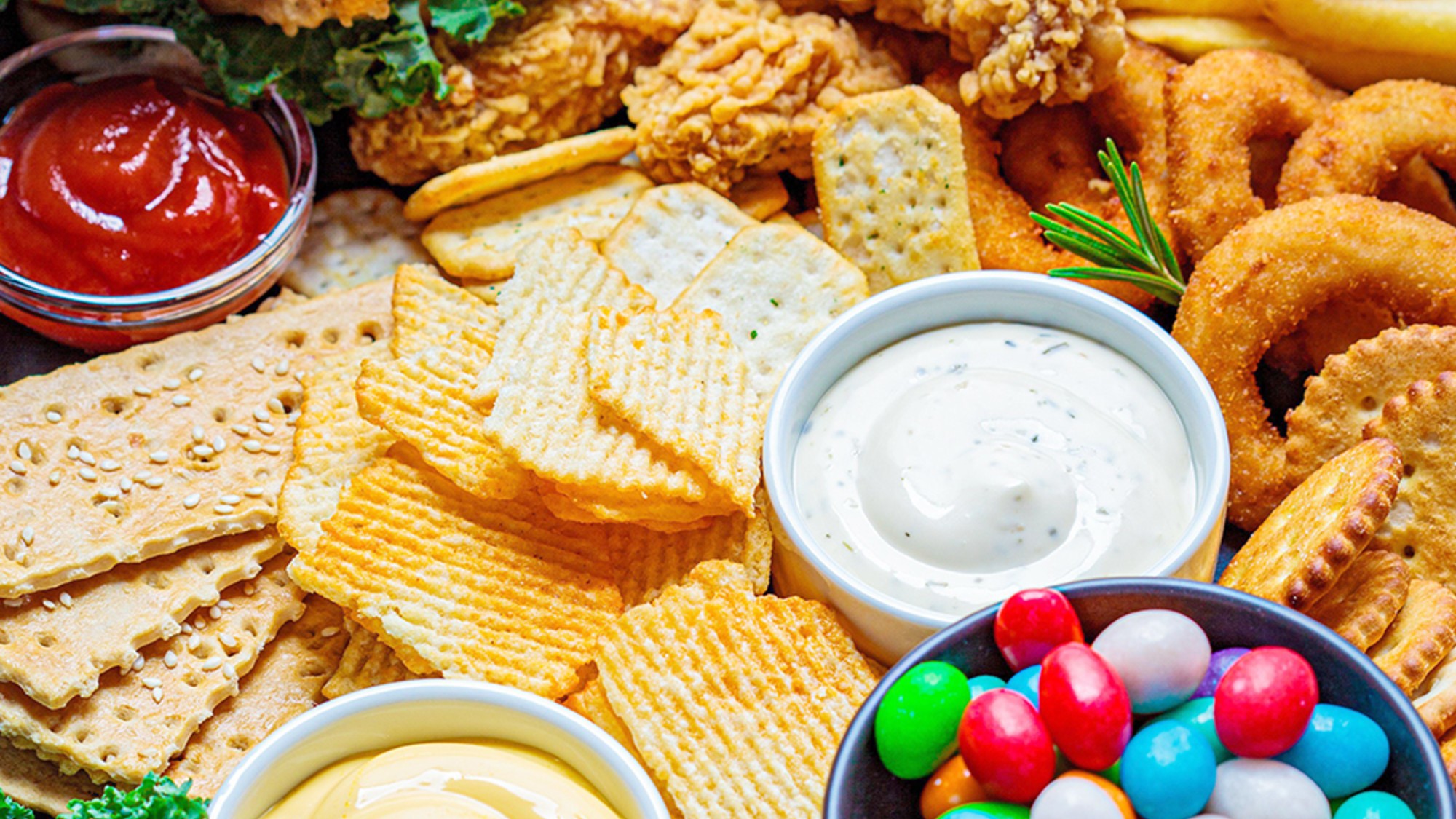 Ultra-processed America
Ultra-processed AmericaFeature Highly processed foods make up most of our diet. Is that so bad?
-
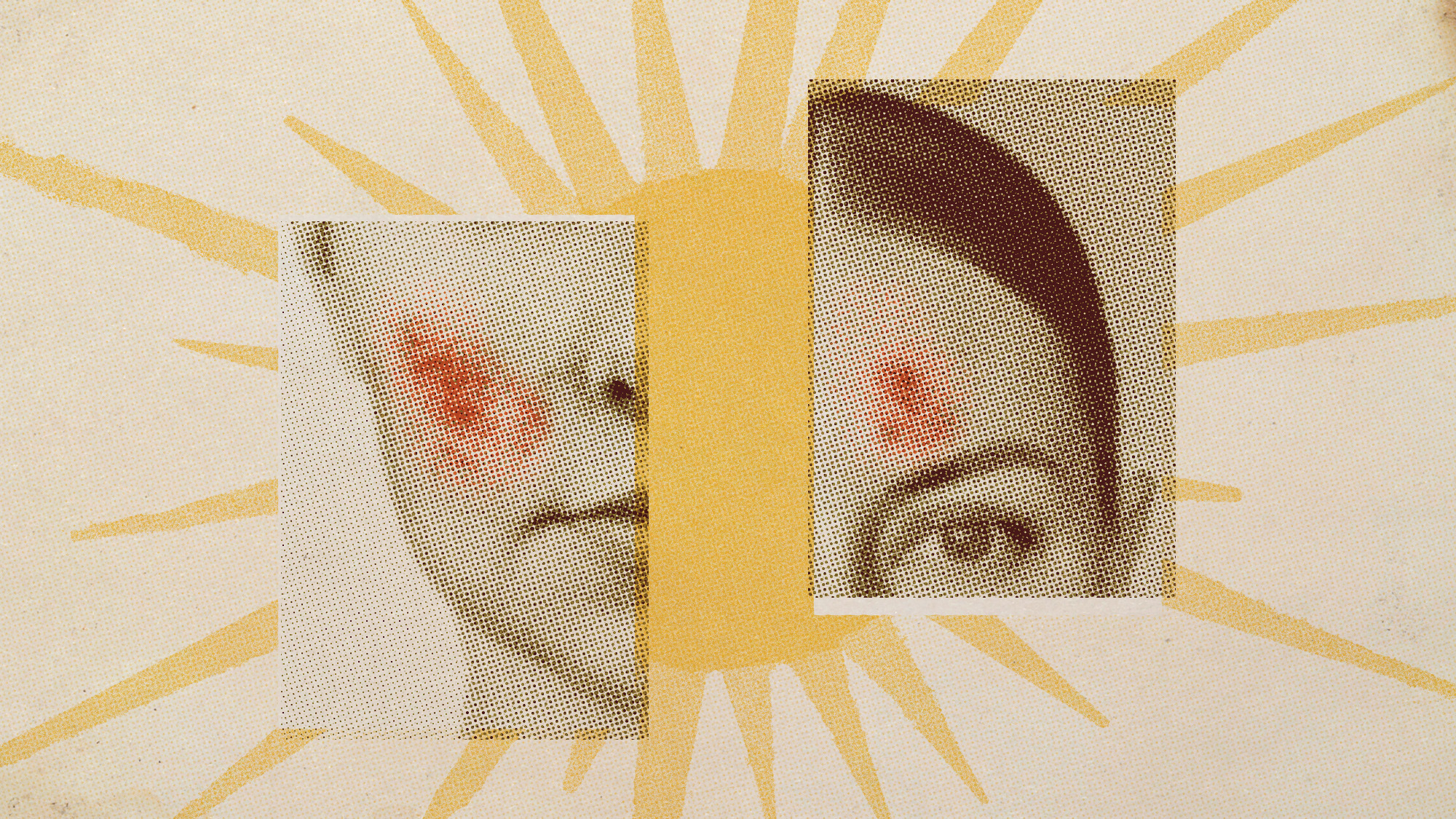 Climate change is getting under our skin
Climate change is getting under our skinUnder the radar Skin conditions are worsening because of warming temperatures
-
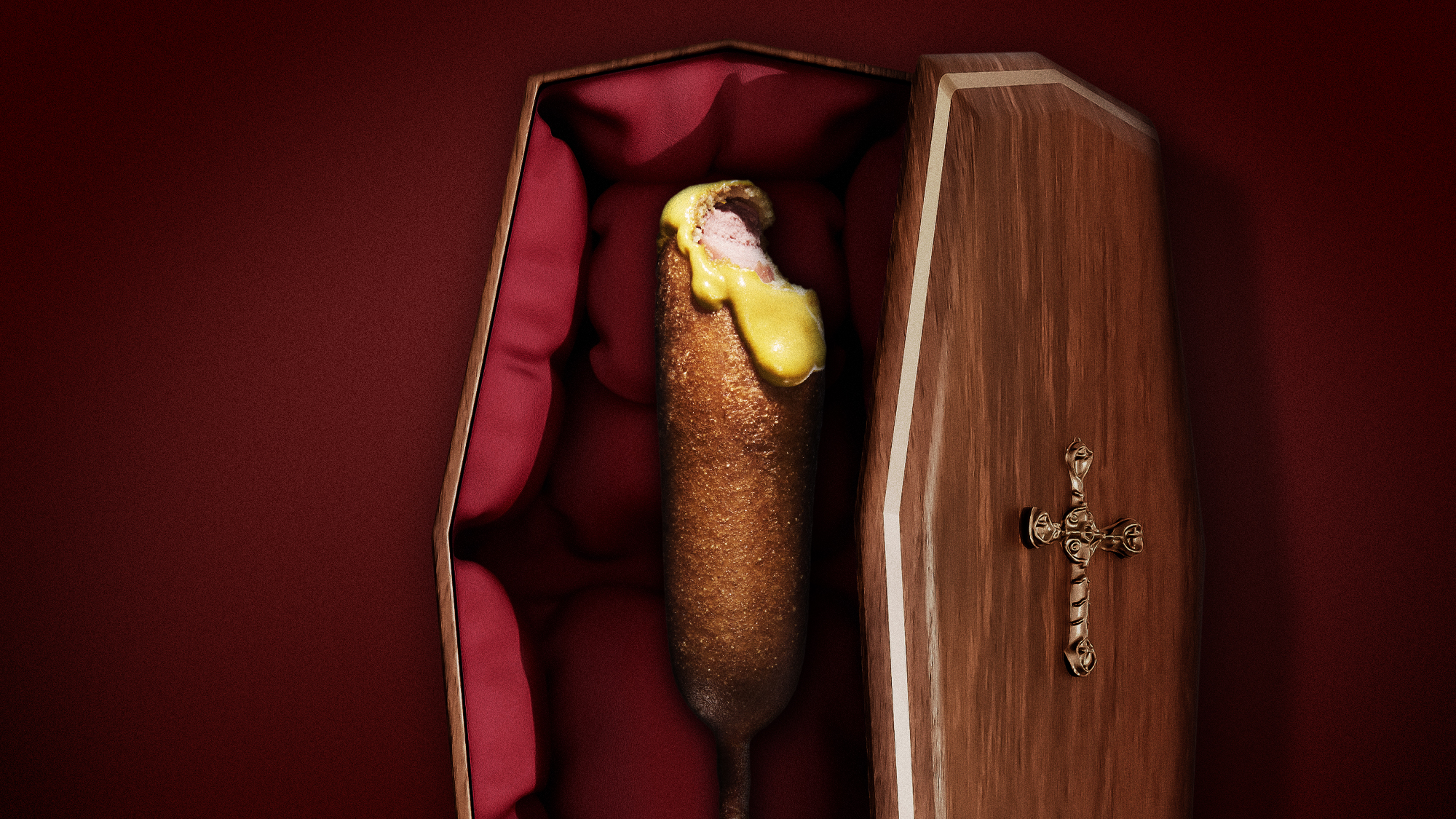 Is this the end of ultraprocessed foods?
Is this the end of ultraprocessed foods?Today's Big Question California law and the MAHA movement are on the same track
-
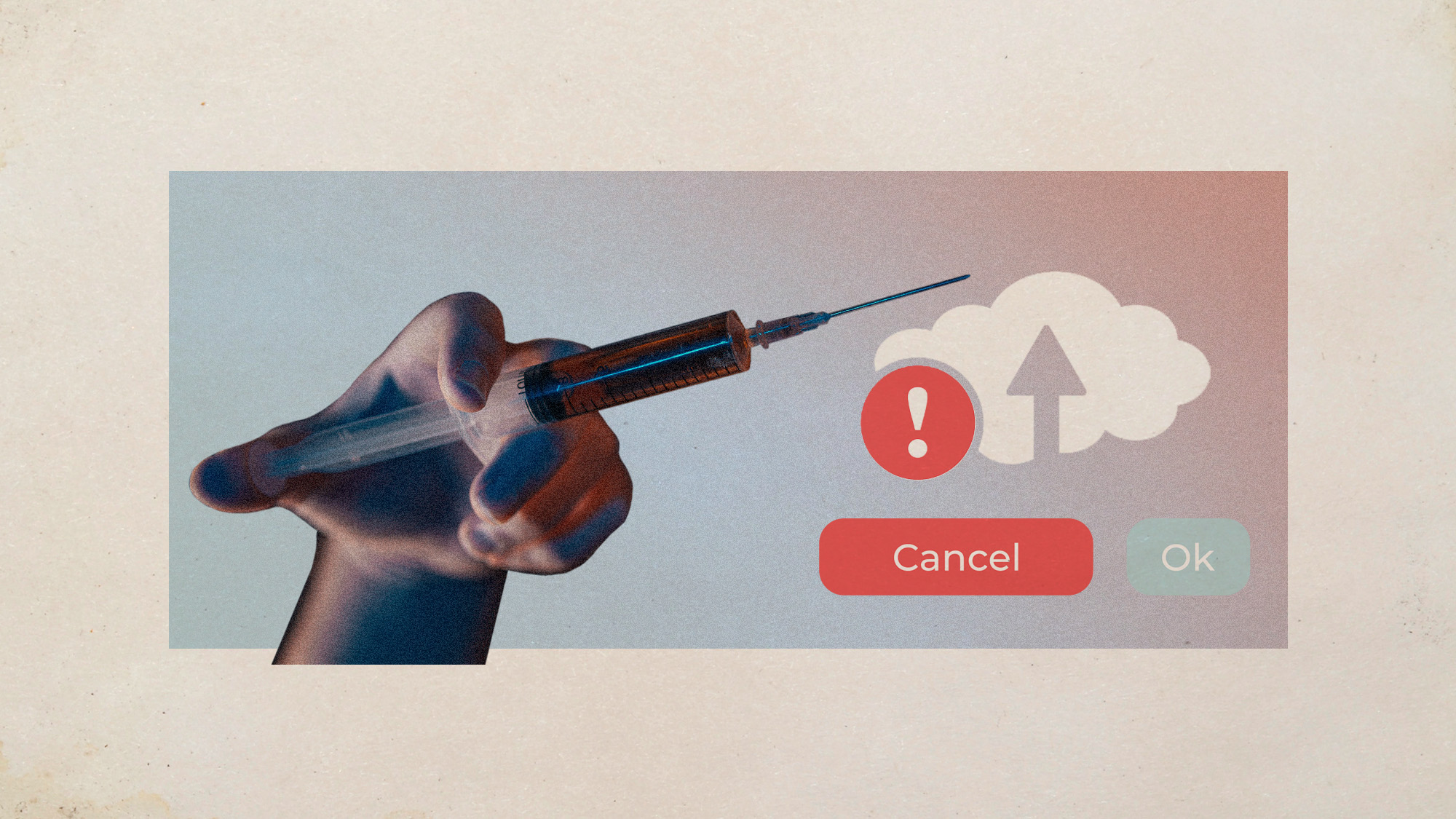 Bluetoothing: the phenomenon driving HIV spike in Fiji
Bluetoothing: the phenomenon driving HIV spike in FijiUnder the Radar ‘Blood-swapping’ between drug users fuelling growing health crisis on Pacific island
